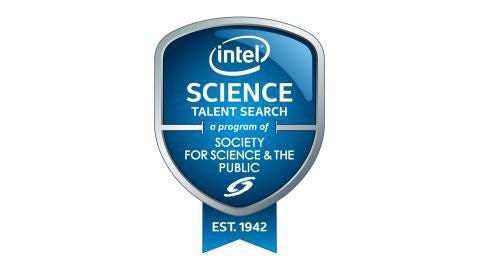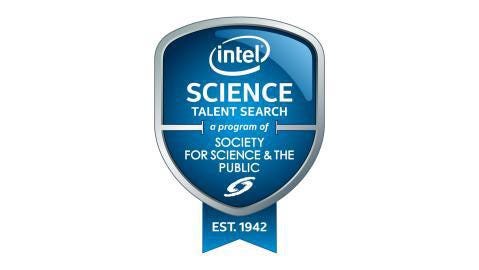The NYT needs a mathematics editor


The other day, the New York Times published an opinion piece by Adam Grant. Grant is a professor of management at Wharton and an incredible academic star. His output is incredible but apparently he is into procrastination now. He has a new book out called Originals: How Non-Comformists Move the World. This is a pretty appealing topic and so I eagerly read his NYT piece on “How to Raise a Creative Child.” The thesis of the article is if you want one of them creative children, you should pretty much let them do what they want. As this is pretty much the core of any parental debate, this was something I was going to want to read and perhaps move on to the book as well.
But, by the second paragraph, I had a problem:
Consider the nation’s most prestigious award for scientifically gifted high school students, the Westinghouse Science Talent Search, called the Super Bowl of science by one American president. From its inception in 1942 until 1994, the search recognized more than 2000 precocious teenagers as finalists. But just 1 percent ended up making the National Academy of Sciences, and just eight have won Nobel Prizes. For every Lisa Randall who revolutionizes theoretical physics, there are many dozens who fall far short of their potential.
The argument is that child prodigies don’t end up becoming the creative individuals you were aiming for. But this particular example did not read like that to me. Instead, I looked at those figures: 8 out of 2,000 winning Nobel prizes, 28 being members of the National Academy of Sciences and thought, “woah, that’s huge!”
So why did Grant and the NYT editors read this as negative or neutral when I saw it as positive? The answer is that you have to know whether a number if small or big relative to a benchmark. My reaction was that it sounded big. Grant’s was clearly that it was small. But what should we expect for something like this?
Let’s start by looking at the figures more closely. The Westinghouse Science Talent Search which finds the 40 apparently most gifted high school children each year became, unlike last year, the Intel Science Talent Search and is now without a sponsor. Thanks to a very helpful Wikipedia page, we know that 2,920 students in all have been finalists since 1942 and 31 have received some distinction. 8 have received a Nobel prize, 2 have received the Fields Medal, and at least 8 have won MacArthur Genius Grants. Is 31 a large number? It sounds pretty high but again, what is the benchmark?
Let’s look at Harvard University. In its long history 73 of its graduates have been Nobel prize winners. Over the course of the last century, while it is hard to say for sure (as my Google searching didn’t turn up a number in my time frame of 5 minutes), I would guess that 100,000 at least have graduated. Thus, 0.073% at most have won Nobel prizes compared with Westinghouse which has 0.27%. That is an order of magnitude difference.
And the useful thing about this comparison is that it is fair enough given the fact that in both cases it would take a high schooler about 40 years at least to win an award. The last Nobel prize winner out of the search was from the 1968 cohort. So what we really have is 8 out of 1,040.
What is interesting is that the NYT links to this academic article from the 2006 Journal of Adult Development as support for the claim. This article was more than just statistics but a detailed examination of performance of the Westinghouse search. One might expect, therefore, that it might also support the conclusion reached by Grant. But it didn’t. It showed that most were successful and stayed in science over the course of their career. 91% of men and 74% of women earned doctoral degrees. (The gender difference is the main focus of the article). Things were even better if you came from an immigrant family. The article isn’t what we would want in terms of causality. For instance, it could be good to survey the people who just missed out on being finalists in the talent search.
The problem with all of this is the potential misinformation. There may be other reasons why having few boundaries is good for creativity but it is hard to see this science talent search (the subtext of which it is all about pushy parents) as being indicative of that. If it is from pushy parents, it looks like vindication. But it is equally likely that to get to those finals you need to already have creativity. Either way, it is no help although the fact that it doesn’t have a sponsor now is surely sad for the US.
My point here is that this sort of statistic and conclusion should have been picked up in editing by the NYT. Chances are it is more nuanced in the book but that was not what I and many others sharing this piece on Facebook are reading. Some kids are probably having a field day but we have to worry whether they will end up paying for it later.

Originally published on Wordpress



